Plants or Crops
All Plants or Crops Content
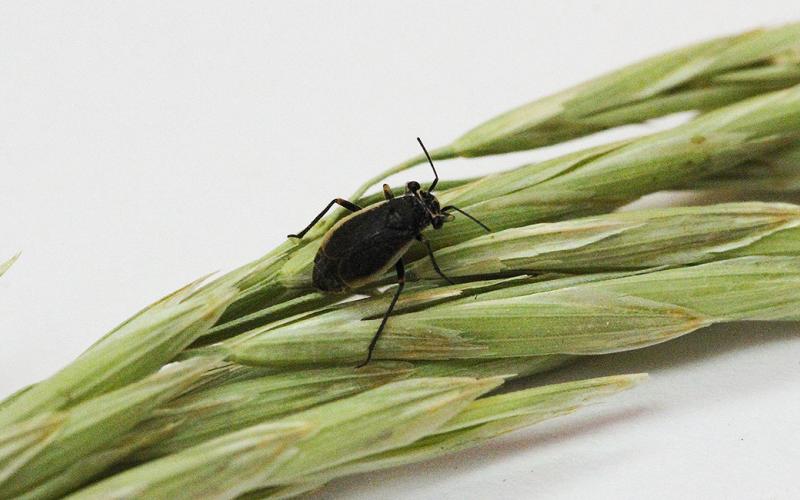
Black Grass Bugs May Cause Issues if Drought Persists
In western South Dakota, black grass bugs are a common spring forage pest that can cause considerable damage during periods of drought. Learn how to monitor and manage this pest to protect your forages this spring.

Damsel Bugs: Beneficial Predators in Managed and Agricultural Landscapes
It is important to remember that not all insects are pests. Damsel bugs are beneficial predators that feed on soft-bodied insects, including many agricultural and garden pests.

South Dakota Grasshopper Prediction for 2022
Data from the 2021 USDA Adult Grasshopper Survey of South Dakota suggests that grasshopper populations may continue to be problem in parts of central and western South Dakota during the spring of 2022.
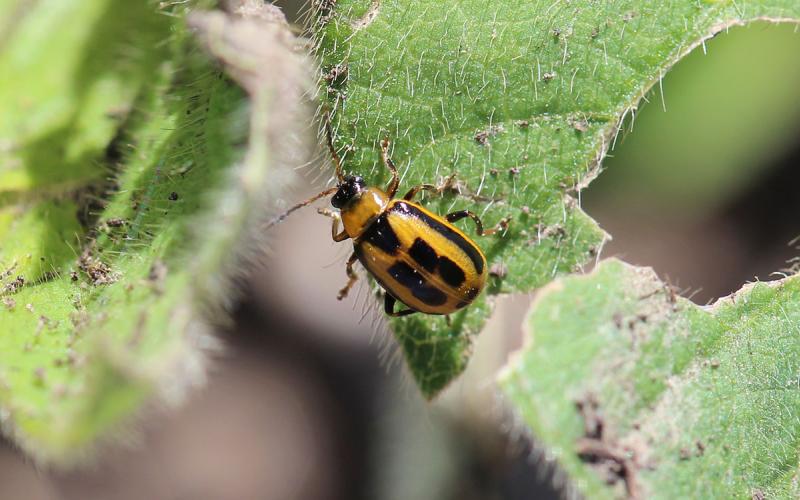
South Dakota Overwintering Bean Leaf Beetle Predicted Mortality: 2021-2022
Bean leaf beetle emergence is approaching, so it’s important to start thinking about this pest. Knowing the number of days that the air was cold enough for bean leaf beetle mortality allows us to estimate the emerging populations in the spring.
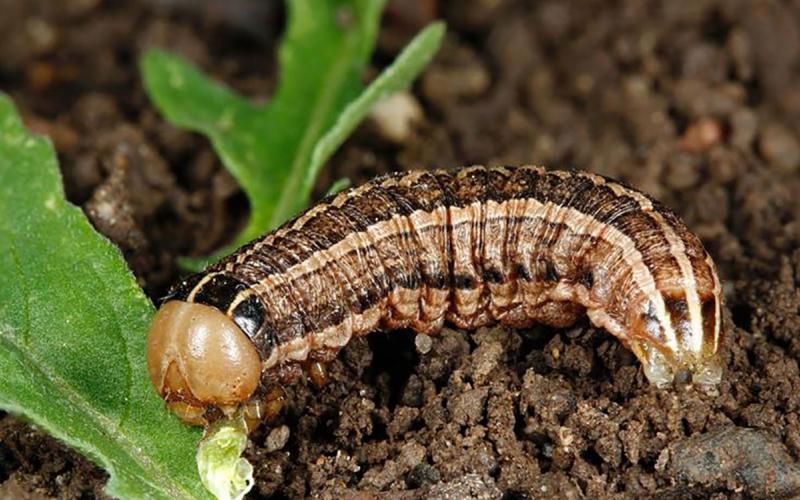
Army Cutworms Are Active in South Dakota Wheat
Army cutworm caterpillar activity in winter wheat was detected a couple of weeks ago in South Dakota. Forecasted warmer temperatures will make conditions favorable for army cutworms to start feeding.
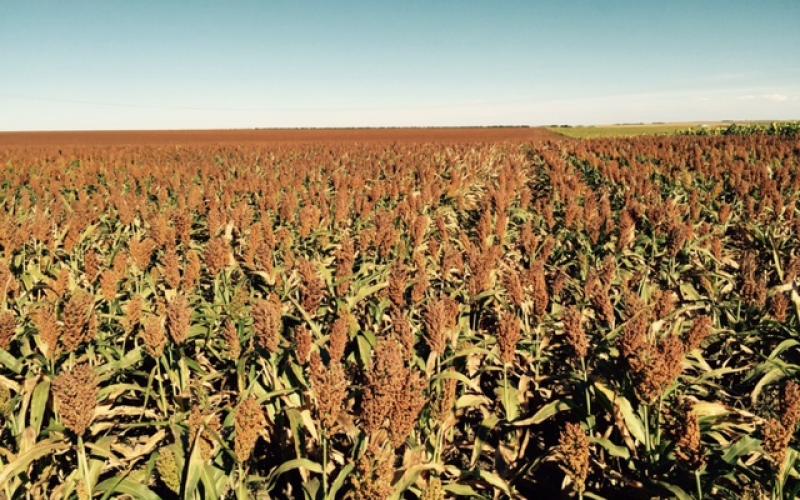
An identification guide for Sorghum Insect Pests in South Dakota
Pictorial guide for common insect pests of sorghum in South Dakota.
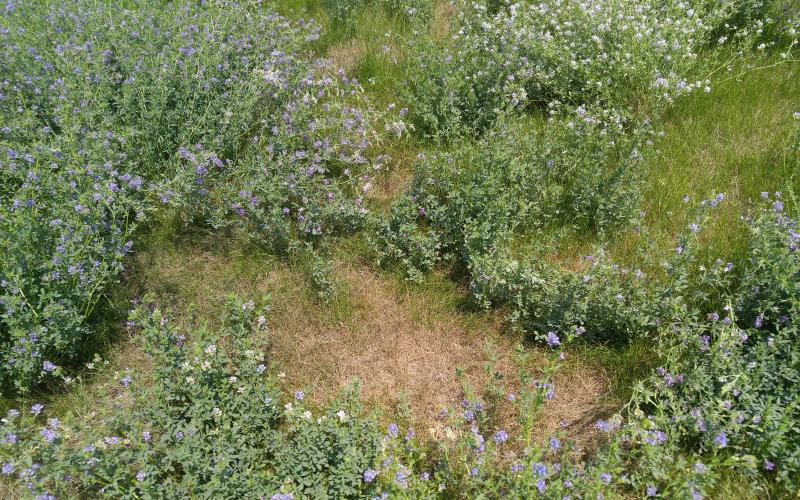
An identification guide for Alfalfa Insect Pests in South Dakota
Pictorial guide for common insect pests of alfalfa in South Dakota

Grasshoppers May Be an Issue for Winter Wheat This Fall
We have recently observed large populations of grasshoppers in Southeast and Western South Dakota. Due to their destructive feeding habits, it is very important to monitor their populations prior to and during winter wheat planting.

Managing Cover Crops in Moisture Deficits
Planting cover crops after small grain harvest can be risky in central South Dakota. The decision to incorporate them into an annual cropping system should consider historical precipitation, soil water holding capacity, and soil moisture at time of planting.
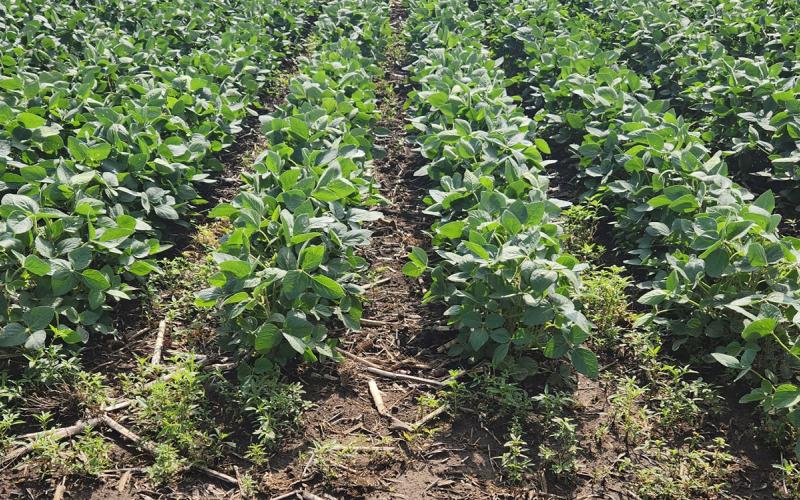
The Value of a Preemergence Herbicide After a Dry Period During the Growing Season
Preemergence herbicides are an essential component of weed management, even when early season weather isn't cooperative. Learn about some of the benefits they can offer following a dry growing season.